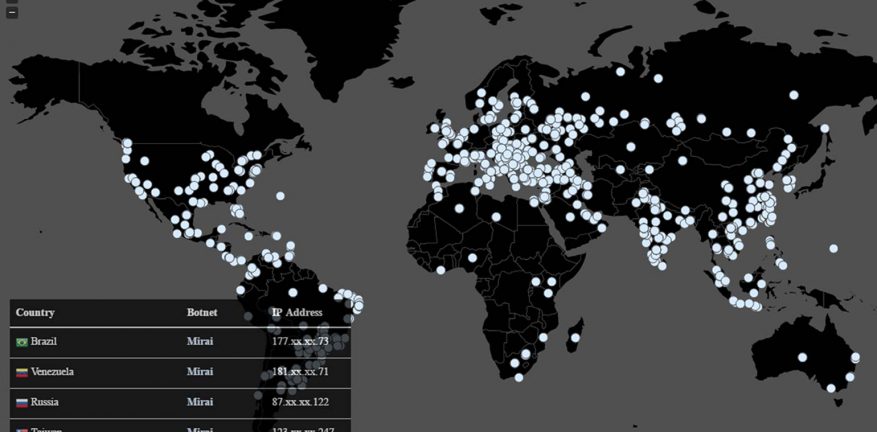Benefits of telehealth step into the breach wrought by COVID-19
As the globe reels from COVID-19, patients and practitioners have turned to digital methods to fill the gap wrought by the virus.
As of early April, more than 1 million people have tested positive for COVID-19, whose flulike symptoms can vary from mild to severe and which has caused more than 87,000 deaths at the time of this writing.
Without a vaccine, physical distancing and aggressive testing have been the only tried-and-true methods to slow viral spread. That’s prompted an explosion in telehealth sessions to replace in-person care.
Telehealth enlists telecommunications or digital methods such as videoconferencing for remote communication with patients. But increasingly, connected devices are part of the equation, enabling remote patient monitoring as well as communication. With connected devices, patients can provide their practitioners with metrics on, say, heart rate, temperature, lung function and more.
Even prior to the emergence of COVID-19, telemedicine had gained favor to combat skyrocketing health care costs and lack of patient access to care. According to Mordor Intelligence, the telemedicine market will be worth more than $66 billion globally by 2021.
And according to the Accenture 2019 Digital Health Consumer Survey, 29% of respondents have used some form of virtual care — up from 21% in 2017.
But the emergency of a highly contagious virus has accelerated telehealth adoption, virtually overnight.
Cleveland Clinic, for example, expects more than 60,000 telehealth visits in March, compared with 3,400 in the prior period . That’s more than a 1,700% increase.
“Every once in a while, the world gets a wake-up call,” said Dr. Samir Qamar, a primary care physician in practice in Las Vegas and the architect of MedWand, a connected telehealth platform and device. ”If there were ever a time to understand the importance of telemedicine, it’s now.”
The Benefits of Telehealth
The promise of telehealth emerged prior to the current health crisis, but they have come into high relief as hospitals become overwhelmed with patients, as well as to prevent from clinicians falling prey to the virus as they treat patients.
One key benefit for telehealth is curbing skyrocketing costs. A study of chronically ill patients found that telehealth reduced emergency visits by half and hospitalizations by almost 90%.
Another key advantage of digital health sessions is the ability to provide care to more patients — often vulnerable populations in rural areas who lack convenient hospital access. In one study at the University of Virginia health system, patient satisfaction in rural areas increased by 30% and saved patients several million miles of travel.
To read the complete article, visit IoT World Today.

















